Busan Sikdang (부산식당)
11.2Km 2024-02-27
8 Chiin 1-gil, Gaya-myeon, Hapcheon-gun, Gyeongsangnam-do
Busan Sikdang is a restaurant specializing in sanchae bibimbap (wild vegetable bibimbap), located in front of Haeinsa Temple, which houses the Tripitaka Koreana. They offer local dishes such as sanchae hanjeongsik (wild vegetables Korean table d'hote) and pyogobeoseot jeongsik (shiitake mushrooms set menu) made with wild vegetables, deodeok, mushrooms, and other ingredients harvested from Gayasan Mountain. Side dishes include seasoned wild vegetables, grilled deodeok, green onion pancakes, and acorn jelly salad.
Dals Garden / 달의 정원
11.4Km 2025-03-18
13-31 , Chiin 1-gil, Hapcheon-gun, Gyeongsangnam-do
+82-55-934-0107
Located on the way to Haeinsa Temple in Hapcheon-gun, Gyeongsangnam-do, Garden of the Moon is a hanok stay combining 50 years of history with convenient modern facilities. There are 10 guest rooms, including a free-standing one that’s a little wider than a regular ondol room and has a bed. The view of Mount Gaya as it rises behind the house is spectacular. Access is easy, as Haeinsa Intercity Bus Stop is just 3 minutes away; and after waking from a good night’s sleep, guests can visit Haeinsa Temple or climb Maehwasan Mountain.
Seongju Traditional Market (성주 전통시장)
11.5Km 2025-10-23
37 Sijang-gil, Seongju-gun, Gyeongsangbuk-do
Seongju Traditional Market is open for business on five-day intervals—every 5 days starting from the 2nd of each month—centered on local specialties, especially Chamoe (Korean melon). Naturally emerged in the 1800s, it was formally established in 1887 and thrived during the 1960s. Today, it is recognized as one of the oldest markets in the region. Open from early morning until sunset, it offers seasonal wild greens such as Dureup (fatsia shoot) and Chwinamul (aster leaf), the famously sweet Seongju Korean melon, and other local produce at fair prices.
Olive Young - Gyeongbuk Seongju Branch [Tax Refund Shop] (올리브영 경북성주점)
12.0Km 2025-10-28
3250 Seongju-ro, Seongju-eup, Seongju-gun, Gyeongsangbuk-do
National Center for Forest Therapy, Gimcheon (국립김천치유의숲)
15.0Km 2025-10-23
1237-89 Sudo-gil, Jeungsan-myeon, Gimcheon-si, Gyeongsangbuk-do
+82-54-434-4670
The National Center for Forest Therapy, Gimcheon, is situated at the foot of Sudosan Mountain (800 meters above sea level) in Jeungsan-myeon, Gimcheon-si, Gyeongsangbuk-do. The facility blends well with the beautiful valleys nearby, such as Daegacheon and Muheulgugok Valleys. You can enjoy the superb scenery throughout the year. It is the ideal spot for anyone, including families, looking for relaxation and healing. Notably, the seven-hector birch forest and the 100-year-old nut pine forest create a beautiful landscape, making it one of the top eight sights in Gimcheon. The area was chosen as one of the 100 premium forests in Korea (Danjibong Forest), and its trail was chosen as one of the most beautiful forest trails in Gimcheon. The center runs various forest therapy programs for physical and mental health, leveraging forest healing elements such as scents, sceneries, and anions.
Ureuk Museum (우륵박물관)
16.4Km 2021-01-07
98, Gayageum-gil, Goryeong-gun, Gyeongsangbuk-do
+82-54-950-7136
Ureuk Museum is a museum dedicated to gayageum, a traditional Korean twelve-stringed instrument, and Ureuk, the inventor of the gayageum and a great musician. The only museum of its kind, Ureuk Museum excavates, collects, preserves, and displays pieces that help visitors more deeply appreciate the beauty and history of the gayageum.
Daegaya Museum (대가야 박물관)
18.1Km 2022-09-13
1203, Daegaya-ro, Goryeong-gun, Gyeongsangbuk-do
+82-54-950-7103
Daegaya Museum exhibits the history, culture, and customs of the Daegaya Kingdom. The museum consists of the Daegaya Royal Tomb Pavilion, the Daegaya History Pavilion, and Ureuk Museum.
The Royal Tomb Pavilion is a 37 meter-wide dome that houses relics of the Jisan-dong Ancient Tombs, a Historic Site. It is essentially the restoration of the Jisandong Tumulus, the first large-scale sunjang (burial of the living with the dead).
The History Pavilion houses a collection of relics from the Daegaya Kingdom, while holding special exhibitions and educational activities periodically. The outdoor exhibition center displays items that showcase the ancient lifestyle.
Ureuk Museum is a dedicated to Ureuk, a Daegaya musician who invented the gayageum, a traditional Korean twelve-stringed instrument.
Goryeong Daegaya Festival (고령대가야축제)
18.3Km 2025-07-11
1216 Daegaya-ro, Daegaya-eup, Goryeong-gun, Gyeongsangbuk-do
+82-54-950-6427
The Goryeong Daegaya Festival is a historical celebration centered around the ancient city of Daegaya, which thrived from AD 42 to 562 as a powerful iron-age kingdom in regions including Goryeong. A must-visit is the Theme Pavilion, which highlights the World Heritage significance of the Ancient Tombs in Jisan-dong, Goryeong. The forest playground and night trekking around the ancient tombs are popular annual attractions. In addition, there are diverse performances and activities, including a 100 gayageum (twelve-stringed zither) performance featuring the representative instrument of Daegaya, experiential programs, and original musicals. The festival showcases the 520-year history and culture of Daegaya with various performances and experiences, notably the night trekking program, themed “Gobammasil,” exploring the tomb.
◎ Daegaya
Daegaya, an enigmatic ancient kingdom, flourished 1,500 years ago, nurturing its unique history and splendid cultural arts, supported by a strong iron culture, even amid the powerful states of Baekje and Silla.
◎ Gayageum
The gayageum, a traditional instrument originating from Gaya, primarily carries the thematic melody in Korean traditional music. Ureuk, a revered musician from Gaya, was named the most respected musician by popular Korean pianist Yunchan Lim during his victory interview at the Van Cliburn International Piano Competition. Listening to Ureuk’s gayageum music and visiting the Goryeong Daegaya Festival can be a delightful experience.
Daegaya History Theme Park (대가야 역사테마관광지)
18.4Km 2023-03-07
1216, Daegaya-ro, Goryeong-gun, Gyeongsangbuk-do
+82-54-950-7005
Daegaya History Theme Park is located in what was the center of the Daegaya Kingdom. The park offers various areas to learn about not only the history of the area but also the current culture and the future of Goryeong. In particular, visitors can enjoy various items produced during the Daegaya era such as pottery, ironworks, and gayageum (traditional Korean string instrument), as well as visit the park's 4D theater and walk along the forest exploration trail.
Geochang Anti-aging Healing Land (거창 항노화힐링랜드)
18.6Km 2025-10-23
834 Uisangbong-gil, Gajo-myeon, Geochang-gun, Gyeongsangnam-do
Geochang Anti-aging Healing Land, located at the foot of Udusan Mountain (1,046 meters above sea level), is the ideal place for healing and therapy. Visitors can take a walk or join forest-themed experience programs. There is a Y-shaped suspension bridge without pillars, a first in Korea; and a barrier-free boardwalk designed for pedestrian safety and convenience. The forest trails, rich in phytoncide, are good for relieving stress and are the most popular here. There is a native plant garden near Gyeonam Waterfalls, where you can observe rare plants. Geochang Anti-aging Healing Land also has accommodation facilities, such as the Forest Recreation Center and the Forest House. The area is an ideal natural recreational destination, offering picturesque views of Bigyesan Mountain and the beautiful Uisangbong Peak, often referred to as "little Geumgangsan Mountain" due to its unique rock formations.

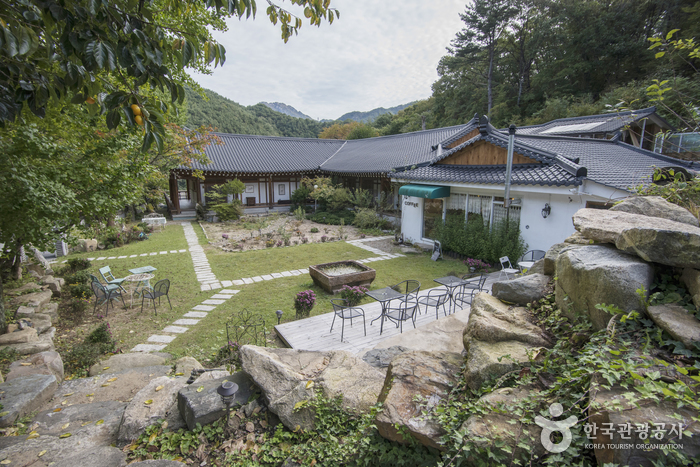
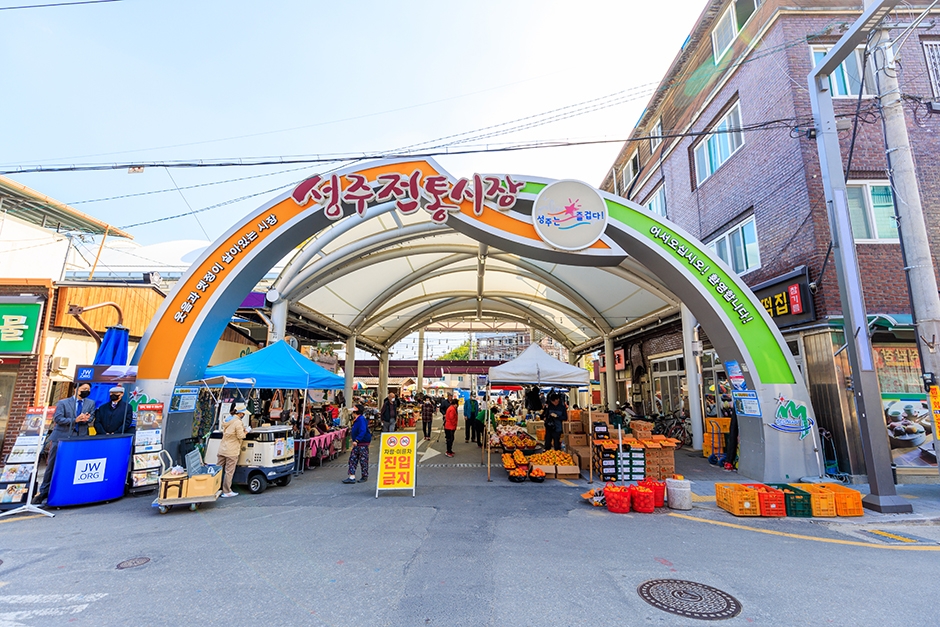
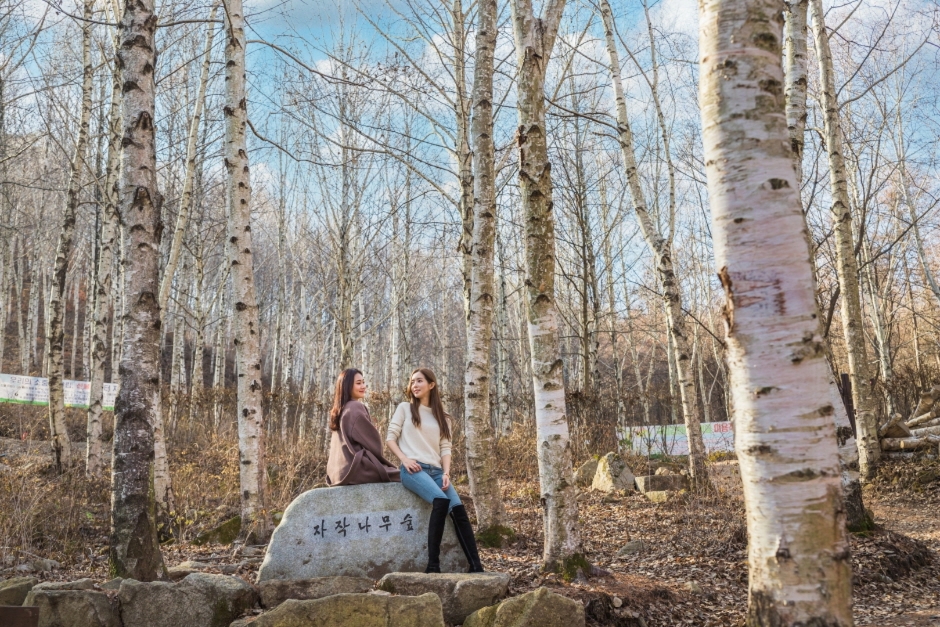
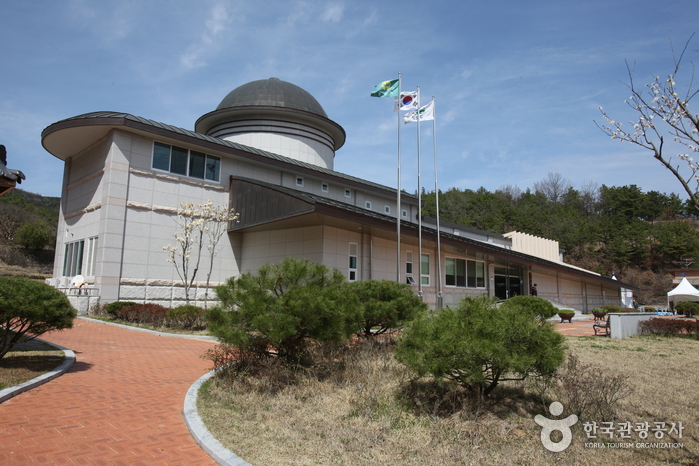
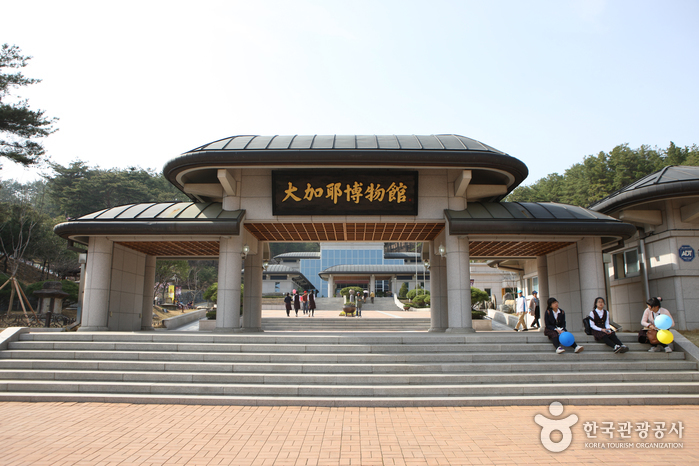

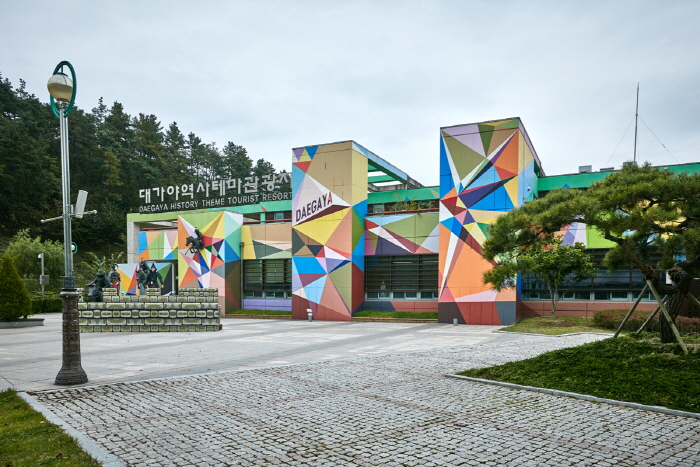
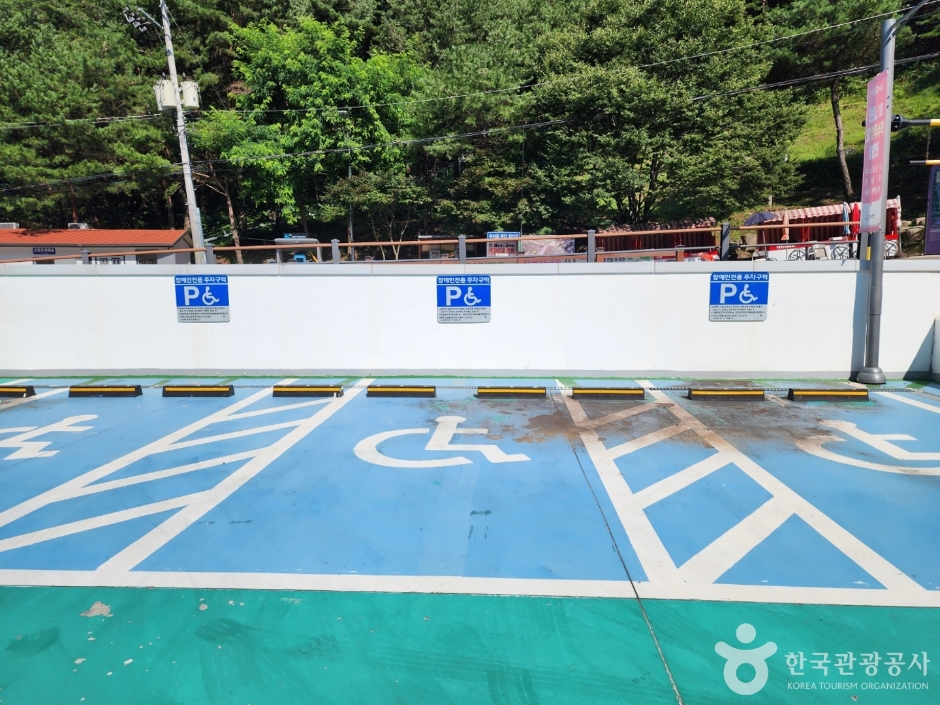
 English
English
 한국어
한국어 日本語
日本語 中文(简体)
中文(简体) Deutsch
Deutsch Français
Français Español
Español Русский
Русский